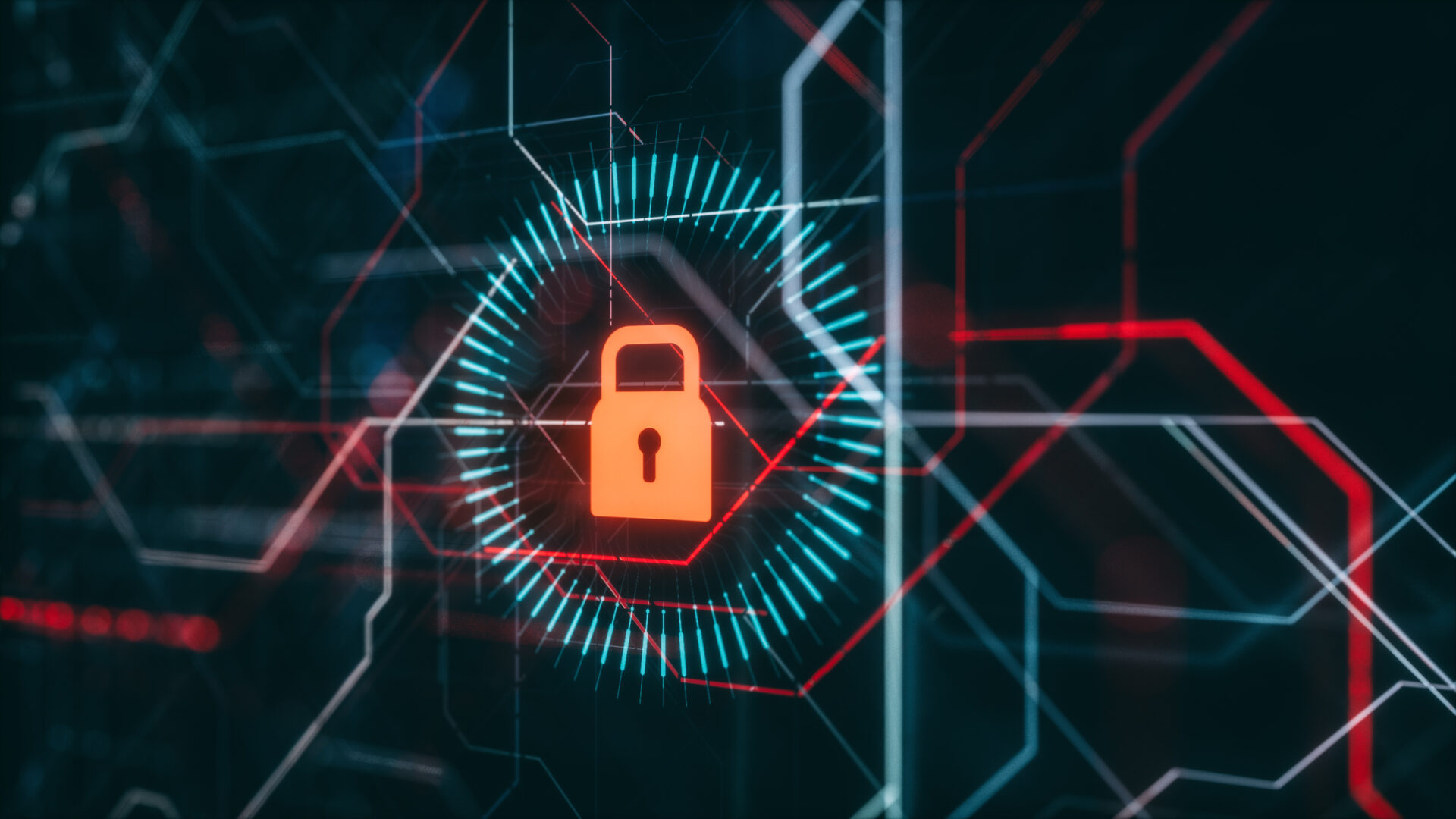This episode of Women in Cybersecurity features Barbie Bigelow, a veteran CIO, cybersecurity executive, board member, advisor, and investor. She is currently CEO of Emerald Growth Partners, LLC, (formerly Better Technology Partners, LLC), which she founded to help clients develop and execute strategic moves while leveraging technology to accelerate growth and increase margins. Clients have included Fortune 500 companies, startup ventures, and non-profits, and she is passionate about sharing her knowledge and increasing the number of women in leadership and board member roles.
Barbie said she got into cybersecurity out of operational necessity; after all, if there is a cybersecurity incident, it affects operations. In her first CIO role at an electronics company, she created a cyber incident response team (CIRT). Since then, she’s held roles and advised companies on how to approach cybersecurity in ways to support technological innovation and business needs.
Don’t miss her video below to learn about her story and her commitments to helping increase the number of women in leadership roles in cybersecurity.
Early in her career, Barbie held technical roles in engineering and program management. She spent 16 years as CIO for Lockheed Martin, and served in other CIO roles, gaining experience in the C-suite and leadership of professional services for companies across industries, including aerospace and defense, government agencies, manufacturing, and financial services.
I think key to my success has been those P&L (profit and loss) and operational roles. There’s really no substitute for knowing business and working with customers in the roles I’ve had. The problems aren’t that different as you move from industry to industry, but the way that maybe people approach them is a little different. And being able to leverage a best practice in a different industry into your industry is a really powerful way to get better and bring innovation into your organization.
About 10 years ago, when her company had a successful exit, she was planning on taking a break. But when some friends in the legal field needed help with a global company facing a cyber breach, she came in to help communicate with their Board of Directors and determine what needed to be done, taking on a year-and-a-half consultancy project with them. Then she launched her cyber consultancy company, working with boards advising on cyber risk and governance.
Barbie is also active in the cybersecurity community and in increasing the number of women in the field and in leadership roles. In June, leveraging other groups that she works with – Women’s Business Collaborative (WBC), and Digital Directors Network (DDN) – with sponsorship from The Gula Tech Foundation, she launched The Women Cyber Governance Collaborative with the mission to equip women board directors and executive leadership with the capability to effectively govern the real and growing risks to organizations from cyber threats. Their goal is to both increase the pipeline of highly qualified cyber savvy women and increase the number of women in executive leadership and board director positions.
It’s focused on training and advancing women in cybersecurity, technology executives, and women who are ready to go on the boards… So we teach technology executives about cyber governance and systemic risk.
Check out Barbie’s resources and video below.
Resources:
- The Women Cyber Governance Collaborative
- Women’s Business Collaborative (WBC)
- Digital Directors Network (DDN)
Be sure to visit Enterprise Strategy Group’s Women in Cybersecurity page, where you can view past episodes and connect with us to hear more inspiring stories in future shows.

 The path a career can take is often based on moments – a company going out of business, chance encounters, seismic shifts in a given industry, enormous external pressures. My career is no exception. After many years as a consultant or in-house systems engineer, I joined BrianMadden.com where I became an independent blogger, analyst, and speaker focused on end-user computing. TechTarget acquired BrianMadden.com in 2007, and I spent that time covering the EUC space as it expanded from a handful of desktop virtualization vendors to hundreds of companies covering everything from virtual desktops to mobile devices to cloud services, along with all the adjacent technologies that support those pillars.
The path a career can take is often based on moments – a company going out of business, chance encounters, seismic shifts in a given industry, enormous external pressures. My career is no exception. After many years as a consultant or in-house systems engineer, I joined BrianMadden.com where I became an independent blogger, analyst, and speaker focused on end-user computing. TechTarget acquired BrianMadden.com in 2007, and I spent that time covering the EUC space as it expanded from a handful of desktop virtualization vendors to hundreds of companies covering everything from virtual desktops to mobile devices to cloud services, along with all the adjacent technologies that support those pillars.  Two recent high-profile breaches—Intercontinental Hotels Group and Uber—demonstrate the criticality of securing your identities. Both of these attacks started with a social engineering attack. One started with traditional business email compromise (BEC), and the other started with MFA push bombing. The next stage of both attacks compromised the password/secrets vault.
Two recent high-profile breaches—Intercontinental Hotels Group and Uber—demonstrate the criticality of securing your identities. Both of these attacks started with a social engineering attack. One started with traditional business email compromise (BEC), and the other started with MFA push bombing. The next stage of both attacks compromised the password/secrets vault. Organizations are increasingly moving applications to the cloud to better serve their customers, partners, and employees. The ability to quickly deploy applications to the cloud so employees, partners, and customers can connect to companies for business transactions and services gives organizations a competitive advantage.
Organizations are increasingly moving applications to the cloud to better serve their customers, partners, and employees. The ability to quickly deploy applications to the cloud so employees, partners, and customers can connect to companies for business transactions and services gives organizations a competitive advantage.